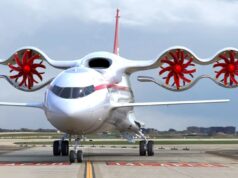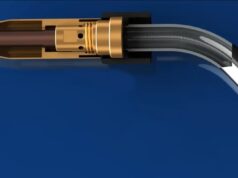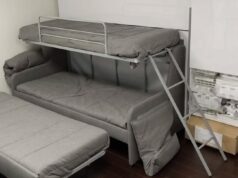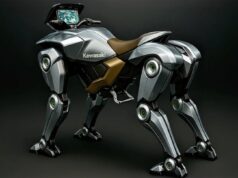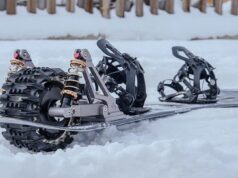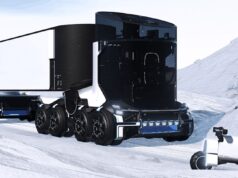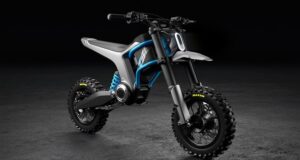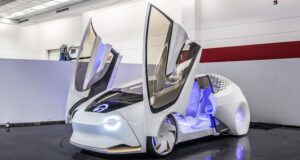This prototype poncelet wheel is build by Marc Nering, a man with extensive experience in heavy industry. He has build this innovative power-generating water wheel in his garage. The wheel is made from stainless steel and is suitable for domestic or commercial sites.
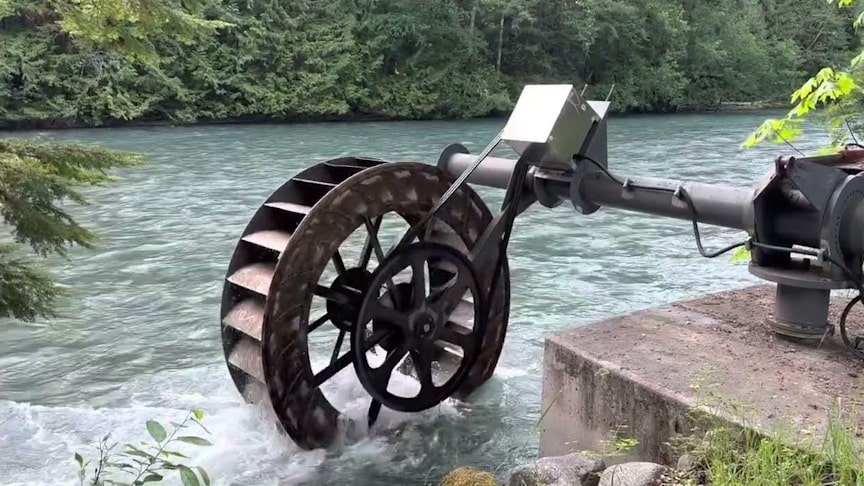
source.image: Nering Industries
This is a giant water wheel that is connected to an equally sizeable arm. It is made completely with cast iron. When this wheel is placed in water, the river’s flow keeps it in a period of motion. This, in turn, generates a lot of energy. The water wheel is capable of producing close to 7.5 kW of power- which is enough to power the generator that would provide electricity to the entire house.
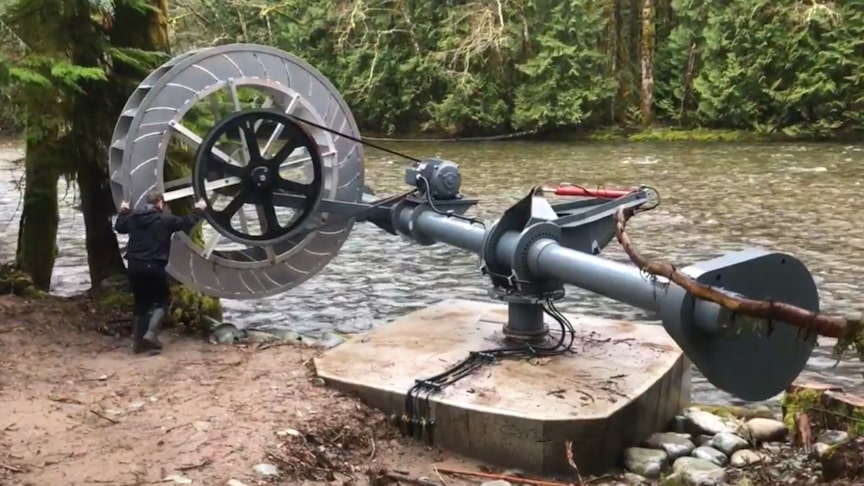
source.image: Nering Industries
The initial testing of the elevation control hydraulics of our 7.5 kW prototype Poncelet waterwheel. The wheel is 3 meters in diameter, and 1 meter wide. It employs a 5:1 speed increasing belt drive. The PM generator produces maximum power at 50 RPM. This Poncelet Water Wheel is just a prototype is not for production yet, you can check Nering Industries youtube channel for more info.
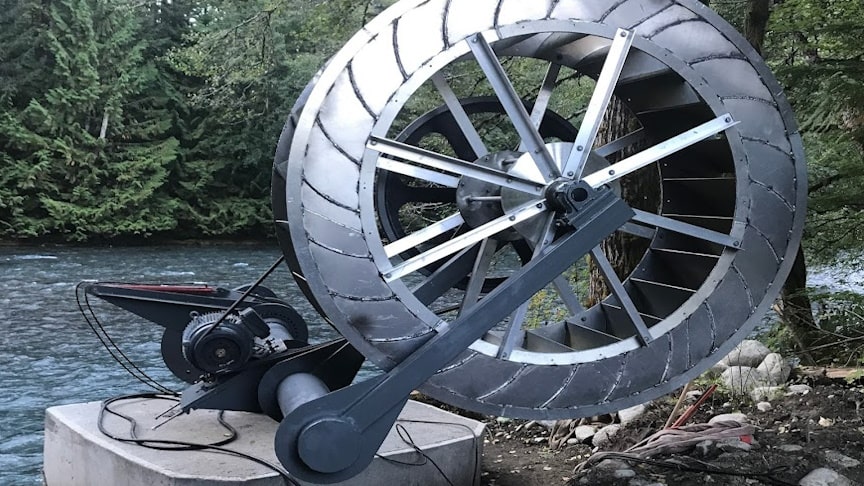
source.image: Nering Industries
The traditional undershot waterwheels consisted of a series of flat blades fixed to the rim of a wheel. The blades were typically radial, i.e. mounted so that they pointed straight out along the radius of the wheel. When water from the headrace flowed past the wheel, it hit the blades, and some of its kinetic energy was converted into work by the wheel.
Advertisement
However, much of the water was reflected off the blade and in the resulting turbulence a lot of the energy was converted to heat. This process was not efficient; much of the original velocity in the water remained in it, meaning that kinetic energy was not being captured. Typical efficiency of water wheels exploiting only the kinetic energy was around 30%.
These wheels are called stream water wheels, or kinetic water wheels. Instead, undershot water wheels are used in low head sites, like less than 1.5 m, and they also exploit the potential energy of the flow, with efficiencies of up to 84%. Typical examples are Sagebien and Zuppinger undershot water wheels.

